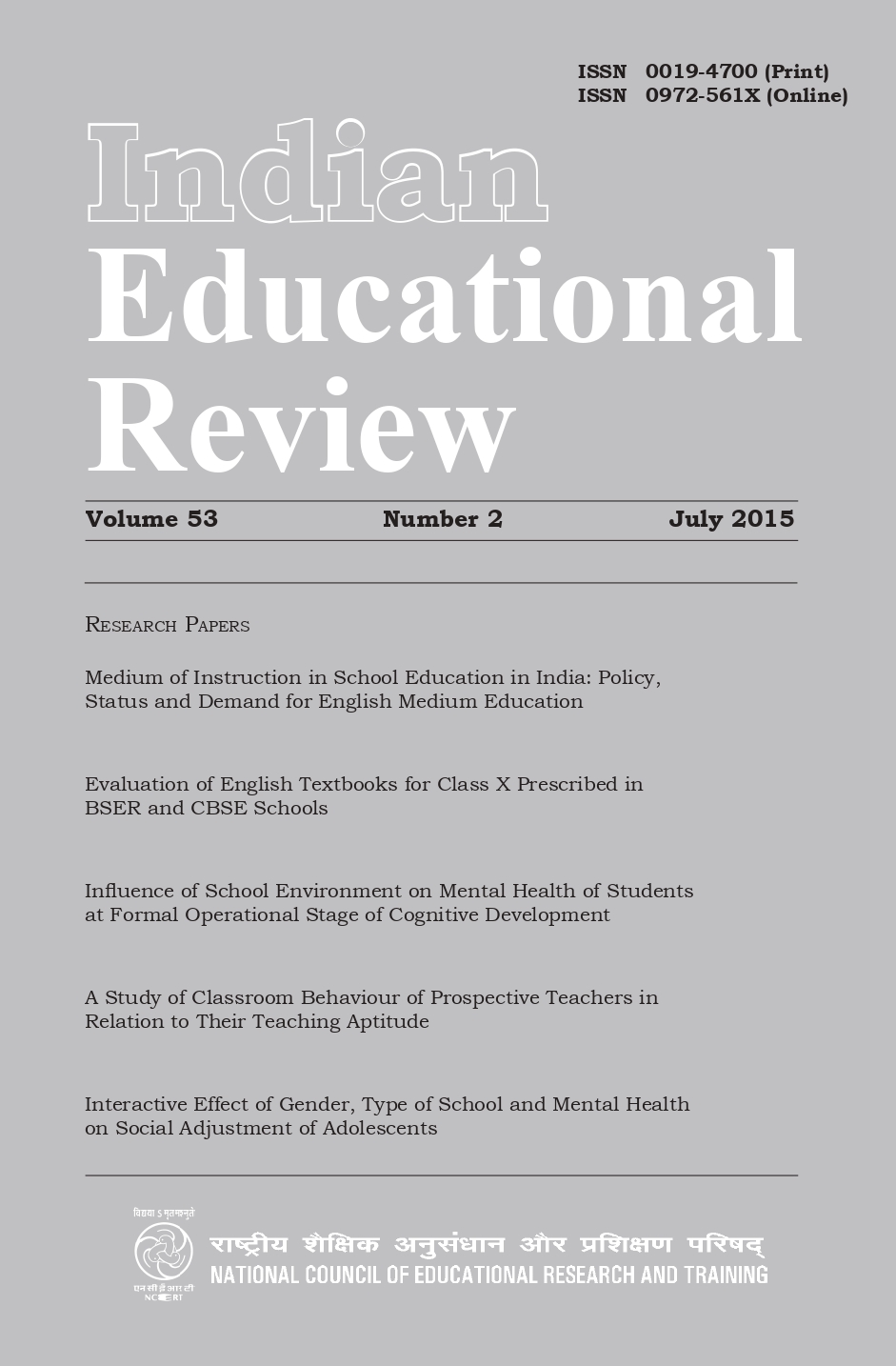Medium of Instruction in School Education in India: Policy, Status and Demand for English Medium Education
Published 2015-07-31
Keywords
- School Education,
- National Curriculum Framework – 2005
How to Cite
Abstract
The linguistic diversity in India makes language planning complex and flexible. This paper presents how the medium of instruction in school education is implemented in terms of policy provisions, status of implementation, its problems and place and role of English as a language and as a medium of instruction in schools. It is based on the data collected through questionnaires and interview schedules with the state and national level agencies involved in language planning by the author at the national level during 2009-2011. It is disturbing to find that the number of languages used as medium of instruction has been reduced to 47 from 60 during the last two and a half decade. 33 of 35 states/provinces claim to offer English as a medium of instruction; this is more than any other language, but number of schools offering English as a medium of instruction is very less compared to Indian languages as medium of instruction. The paper then moves on to discuss how the language policy acts as an instrument for exclusion of languages, particular minority, minor and tribal languages as media of learning as well as a subject even in primary years of learning. The paper also suggests ways to prevent the languages being thrown out of the school system and the need for recognising the importance of medium of learning through the mother tongues while providing quality learning of English as a language in schools.

